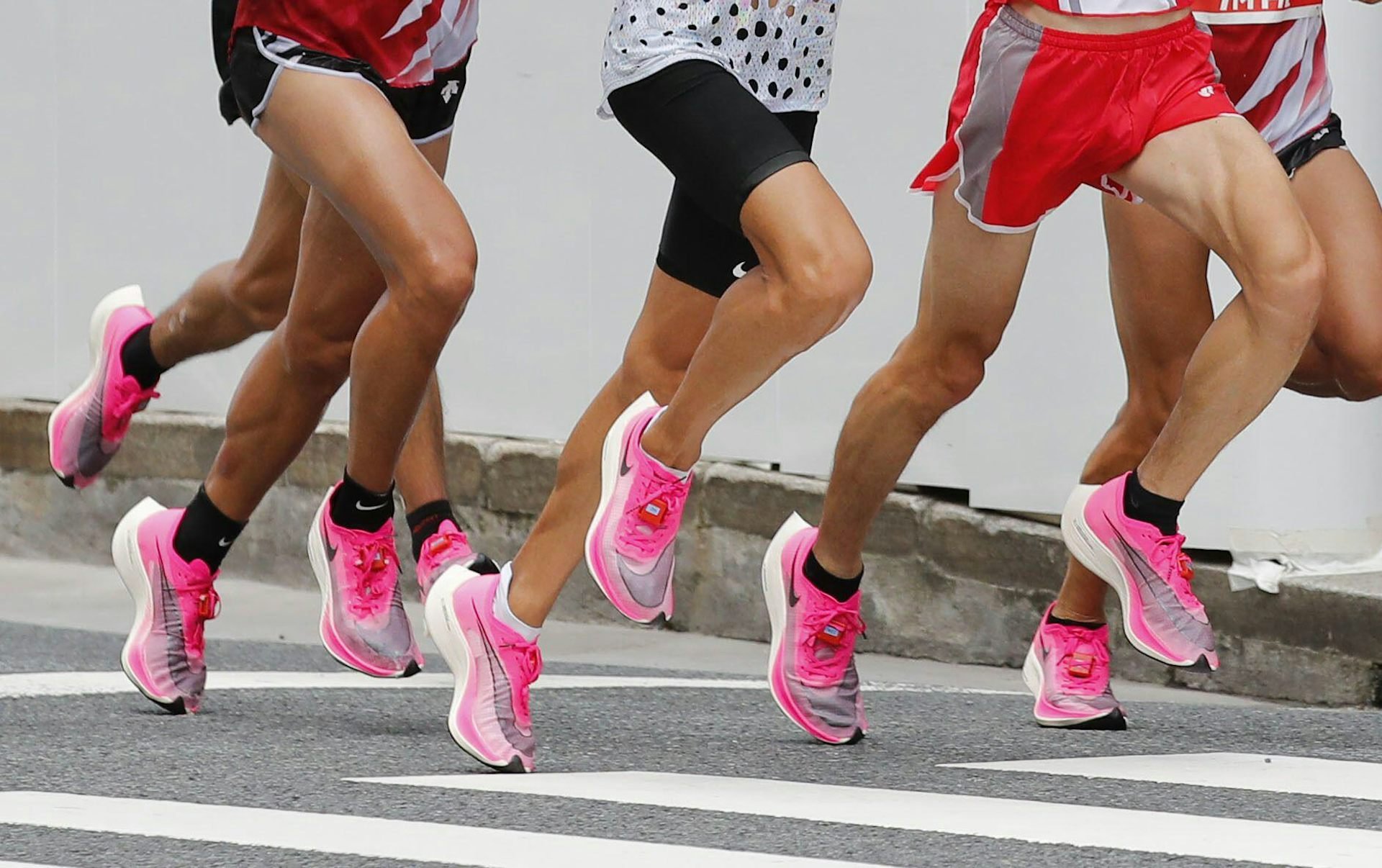Coach Education Resources

Strategies for Overcoming CNS Fatigue
explore evidence-based strategies for coaches to effectively reduce central nervous system (CNS) fatigue in athletes. Emphasis will be placed on understanding the mechanisms of CNS fatigue and implementing tailored training, recovery, and mental conditioning techniques.

Development Model for Strength Training
This table provides a long-term periodization model for strength and gives an overview of the development stages, training method, volume (quantity), intensity (load), and means of training.

Preparation for the Olympics and Paralympics
Learn from three of Australia’s leading High Performance coaches as they describe their preparation for the upcoming 2024 Olympics and Paralympics. Hear from Sprints Coach Andrew Murphy, Jumps lead Alex Stewart, and Distance guru Philo Saunders as they explain how elilte athletes will optimise their condition prior to a major championships.

Serial Winning Coaches
Prof. Cliff Mallett explores the common qualities of serial winning coaches, their motivators, and how you can reflect on what you know about yourself and others.

Tips for Athletes, Coaches, Athletes, and Parents from Melinda Gainsford-Taylor
Legendary Australian Athlete, Coach, and Parent, Melinda Gainsford-Taylor shares her tips and experience in the sport.

GAINcast: Athlete Profiling
Listen now to Episode 279 of GAINcast with Vern Gambetta, a production of HMMR Media. This episode explores athlete profiling with Jason Hettler, head strength and conditioning coach at the IMG Academy.

World Para Athletics Championships Team Information Session
Watch a replay of the information session for athletes, parents, and coaches of prospective members of the Australian team to the 2024 World Para Athletics Championships in Kobe, Japan.

World U20 Championships: Team Information Session
This information session is designed to help athletes, coaches, parents, and other support staff understand important concepts of the World U20 Championships, including: The role of the World U20s in the athlete pathway, location and performance implications, competition structure, post-selection planning, and team coaches

Optimising Your Training at Altitude
Learn from Athletics Australia’s Lead Physiologist, Avish Sharma and Bryce Anderson as they make evidence informed recommendations for when, why, and how altitude training may be incorporated into an athletes’ training plan.

Athletic Plank Circuit
Core strength is a great asset for all Track and Field athletes.
Both traditional and modified plank exercises have been shown to effectively enhance core muscle endurance, strength, and dynamic stability. Check out this plank series that you can use with athletes of any event group.

Super Shoes: Explaining Athletics’ Technological Arms Race
Jonathan Taylor explains the development in footwear technology that is driving increased performances on the Track and Road.

Hurdle Drill Basics - Walk Overs, Over/Unders, and Can-Cans
Colleen Quigley is a long-distance runner and specialized in steeplechase. The Team USA athlete is going to show you some exercises for your hip strength and hip mobility which is very important for every runner, especially steeplechasers and hurdlers.
Walk Over Drill
Over/Under Drill
Can Can Drill

2024 World U20 Championships Athlete Selection Information
This presentation by the Chair of Selectors, Peter Hamilton, introduces the relevant policy for athlete selection for 2024 World U20 Championships.

Hurdlers and Sprinters - Not So Different Out of the Blocks
Coaches have long thought hurdlers and sprinters start their races differently. However, research analysing World Class sprinters and hurdlers show that sprinters and hurdlers aren’t as different as you think out of the blocks.

2023 World Athletics Rules Update - Information for Coaches
In this special Coach Education Townhall, Brian Roe explains the 2023 changes to World Athletics rules and how they will affect coaches and athletes.

What Makes a Winning Sprinter?
In all sprint running races (100m to 400m), every hundredth of a second gained or lost in the race counts. But, most importantly, the fastest male and female sprinters attain incredible top running speeds, with peaks in excess of 44km per hour and 38km per hour in the men’s and women’s 100m races, for example. So what makes a fast runner?

The Science of Javelin
Mike Barber explains the factors that go into a World Championship winning throw.

Breathing Through Your Nose When You Exercise May Make Your Runs Easier
Most of us would assume that breathing through the mouth is the best technique to use during intense exercise, as it allows more oxygen to reach our muscles. But evidence shows the contrary – and that breathing through your nose may actually be a better technique to use during intense exercise such as running….

Why You Should Perform a Needs Analysis for Your Athletes This Season
Find out the basic structure for building out a needs analysis and determining the priorities for your training plan this season.

What is Running Economy?
Understanding running economy is essential knowledge for all distance coaches. This article covers what peer-reviewed research says about running economy, and training interventions that are the most effective for improving it.

